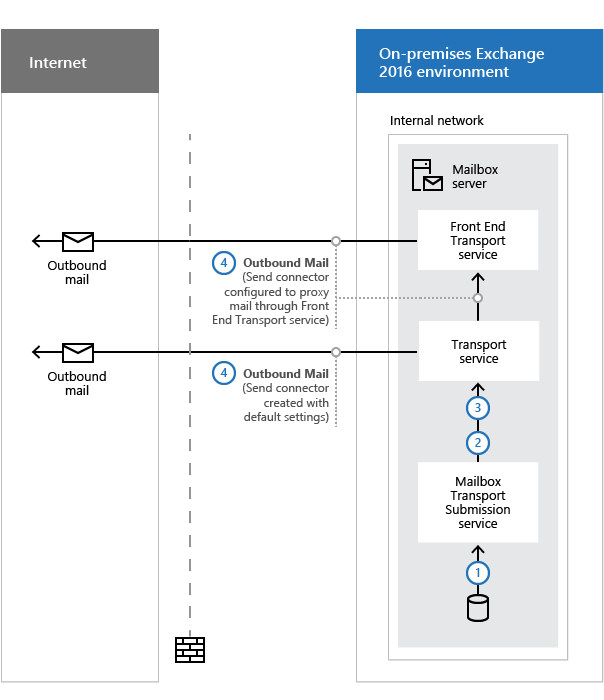

- #EXCHANGE 2016 KEYGEN INSTALL#
- #EXCHANGE 2016 KEYGEN GENERATOR#
- #EXCHANGE 2016 KEYGEN PASSWORD#
- #EXCHANGE 2016 KEYGEN MAC#
#EXCHANGE 2016 KEYGEN PASSWORD#
log into our login server using your password and cd to your. Select and copy the text from the area labeled “Public key for pasting into Open Ssh …”. Click ‘Save private key’ and type in a file name.ģ. Add a passphrase if you’d like, though this is not necessary. Click “generate” and move your mouse around randomly in the blank area. If you are using puTTY, you can follow the these directions:Ģ. If you are using MobaXterm, please use the steps at the bottom of the MobaXterm Configuration Page.
#EXCHANGE 2016 KEYGEN INSTALL#
If your desktop/laptop runs MIcrosoft Windows then you first need to install either puTTY or MobaXterm on your windows machine. Contact bit support to have this changed. If this is the case, then this needs to be changed so that only you can write to it. ssh directory and you are still being asked for a password, then perhaps the permissions on your home directory are such that others are allowed to write to it. To fix the permissions, execute the following command on the remote host: chmod -R o-rwx ~/.sshįinally, if your changed the permissions of your. You can do this by adding the following line to your ~/.bashrc alias hpc='ssh -X If you followed the directions and ssh is still asking for a password, then it is likely that the permissions of the ~/.ssh directory (or the files in it) on the remote host, are not set correctly. For example, suppose I want to setup my local host so all I have to do is type ‘hpc’ to log into the cluster, i.e.: hpc Many users set up an alias for the ssh command so they don’t have to type as much to log into the remote host. If you reboot your desktop/laptop, you will need to rerun the ssh-add and ssh-agent commands.ġ. The ssh-agent will remain active for as long as your desktop or laptop is up and running. You should now be able to use ssh without entering a password. To use ssh-agent, run ssh-add (you will be prompted for the passphrase you used) To avoid having to enter your passphrase every time you use ssh, you can use the “ssh-agent” program. To test that everything is working you should be able to log into the remote host from your local host with the following command: ssh you start ssh, you will be prompted for the passphrase that you used to protect your key. Where you replace with your JHPCE userid and where you enter your JHPCE password when you are prompted for it by ssh. You can perform the copy and append operations in one line as follows cat ~/.ssh/id_rsa.pub | ssh \ If there is no ~/.ssh directory in the remote host, you will need to login to the remote host and create a. ssh subdirectory of your home directory on the remote host (one of the jhpce login servers, e.g. Next you want to copy your public key file to the remote host and append it to the authorized_keys file in the. This will break all password-less logins that you set up with your previous keys.
#EXCHANGE 2016 KEYGEN GENERATOR#
If you have already configured passwordless login and you run the key generator a second time, it will overwrite your previous public and private key files.

You should only ever have to run the ssh key generator once on your local host.

The former contains your private key while the latter contains your public key. ssh subdirectory of your home directory, i.e. The key generator will put two files in the. For the other questions, you can select the default values. For security reasons, we recommend that you use a passphrase to protect your key.
#EXCHANGE 2016 KEYGEN MAC#
linux and mac osx)įirst, on your local host, cd into your home directory and invoke the ssh key generator: ssh-keygen -t rsa Instructions for unix-based machines (e.g. In the documentation below your desktop/laptop is referred to as the “local host” and our login server(s) are referred to as the “remote host”. There is a one-time setup for each of the local hosts that you want to set up with keypair authentication. The idea is to set up your desktop/laptop so that you are recognized by our login servers without you having to enter your password every time. This is a technology based on public-key cryptography. Setting Up your local hosts for password-less login via SSH


 0 kommentar(er)
0 kommentar(er)
